Scientists were puzzled by the extraordinary find
A skull found in China may belong to the “Dragon Man” who lived almost a million years ago. According to researchers, a mysterious ancient humanoid skull found in China could be the fruit of love between two species.

Scientists believe that man who lived about 900 thousand years ago was a hybrid — part of us, Homo sapiens, and part of Homo longi, a long-extinct species known as the «Dragon Man», writes the Daily Mail.
Skull , called «Yunxiang Man» named after the Yunyang district of Hubei Province, which was discovered in 2022, has puzzled archaeologists with its strange shape and structural features.
A new study has recreated a complete 3D model of the skull, revealing that the ancient creature had human facial bones, but the flattened skull, square eyes and thicker brow bone of Homo longi.
Based on preliminary data, it was concluded that the person named «Yunxian male» was named after our «long-lost sister line.»
» It is reasonable to conclude that Yunxian is morphologically and chronologically close to the last general ancestor of the H. sapiens and dragonman lineages,” the authors write in a study published as a preprint on the research website bioRxiv.
The skull was one of three found in China over the past 50 years, which initially baffled scientists because they could not determine their origin, notes the Daily Mail.
"It may seem difficult to determine which the bone belongs to which species is simply scientifically speaking, but scientists have not yet agreed on how many human-like species there have been in our recent archaeological history,” Anna Goldfield, an archaeologist at Boston University, wrote for Sapiens.org.
It is widely believed that there were two archaic species of people — Neanderthals and Denisovans — who roamed the Earth in separate groups until about 30,000 years ago and had distinctive features.
But the skull of Yunxiang man was difficult to attribute to either one category. Based on its physical characteristics and location, researchers speculated that it may have belonged to the Denisovan family, which appeared in Asia about 500,000 years ago.
While Yunxiang Man had an elongated skull similar to that of the Denisovans, he also had distinct square eyes that made him stand out from the crowd.
However, researchers have suggested that the «Dragon Man» lineage ; may have included the Denisovans, since these groups lived on Earth around the same time.
After analyzing the new skull, the researchers concluded that its features were similar to those found in early humans and humans -dragons, meaning he was likely a descendant of both species.
According to Professor Goldfield, Homo longi had large square eye sockets, molars that are much larger than ours, a thick brow ridge and a brain size similar to that of humans.
And these features were found in the skull of Yunxiang Man , writes the Daily Mail.
«The reconstructed Yunxian 2 suggests that it is an early representative of the Asian dragon-man lineage, which likely includes Denisovans and is a sister group to the Homo sapiens lineage,» the authors write. – Both H. sapiens and Dragonman lineages had deep roots extending beyond the Middle Pleistocene, and the basal position of the Yunxian fossil skull suggests that it represents a population close to the last common ancestor of the two lineages.»
This paper has not yet been reviewed by other scientists, but previous research on dragon people by lead author, paleoanthropologist Xijun Ni, has been published in journals such as The Innovation.
Modern humans have become a species in their own right, called Homo sapiens, about a million years ago. They originated in Africa, but soon spread throughout the world. Neanderthals appeared in Europe and Asia about 400,000 years ago. They had long skulls, thick crests over their eyes, and wider noses than most modern Homo sapiens. According to scientists, they also had a weaker, less prominent chin.
Denisovans also originated from Asia, as their only fossils were found in Siberia and China, but researchers believe they likely roamed throughout the Asian continent, according to the Australian Museum.
This class of people is relatively unknown few, as researchers found only 11 partially preserved Denisovan fossils.
Even with this limited selection, scientists determined that Denisovans' jaws were much more distinct than those of Neanderthals. Their teeth were much larger and their pelvises much wider than those of modern humans, but their fingers were similar to ours.
Although each of these species is unique, they were genetically similar enough to be able to mate — just as horses and donkeys can mate to form a mule. They mated, writes the Daily Mail. According to the Smithsonian Museum of Natural History, people today can be found with one to four percent Neanderthal DNA and four to six percent Denisovan DNA.


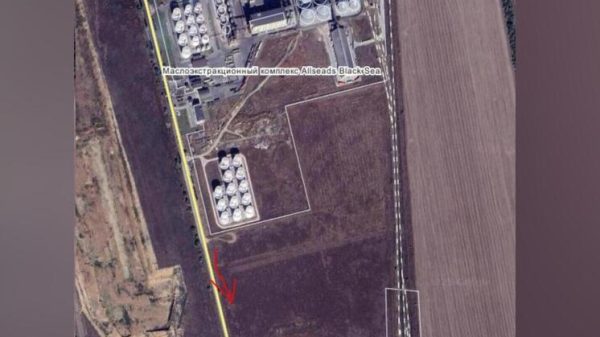










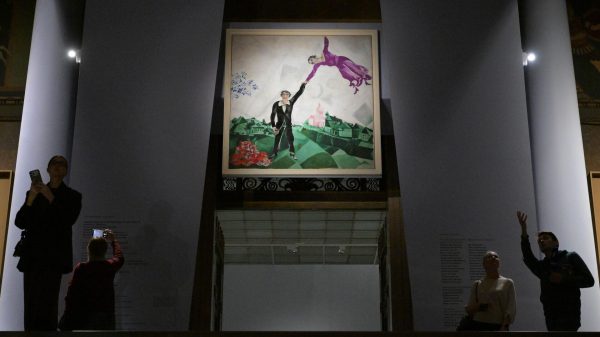



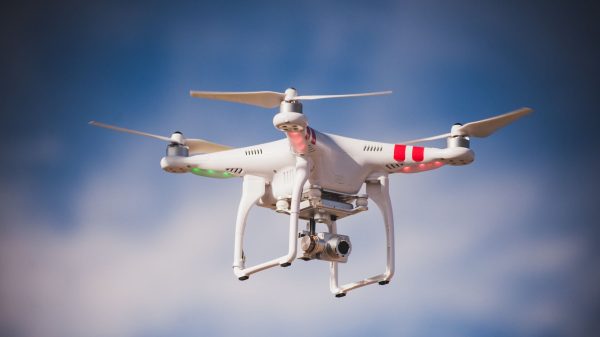
















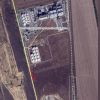


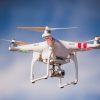














Свежие комментарии